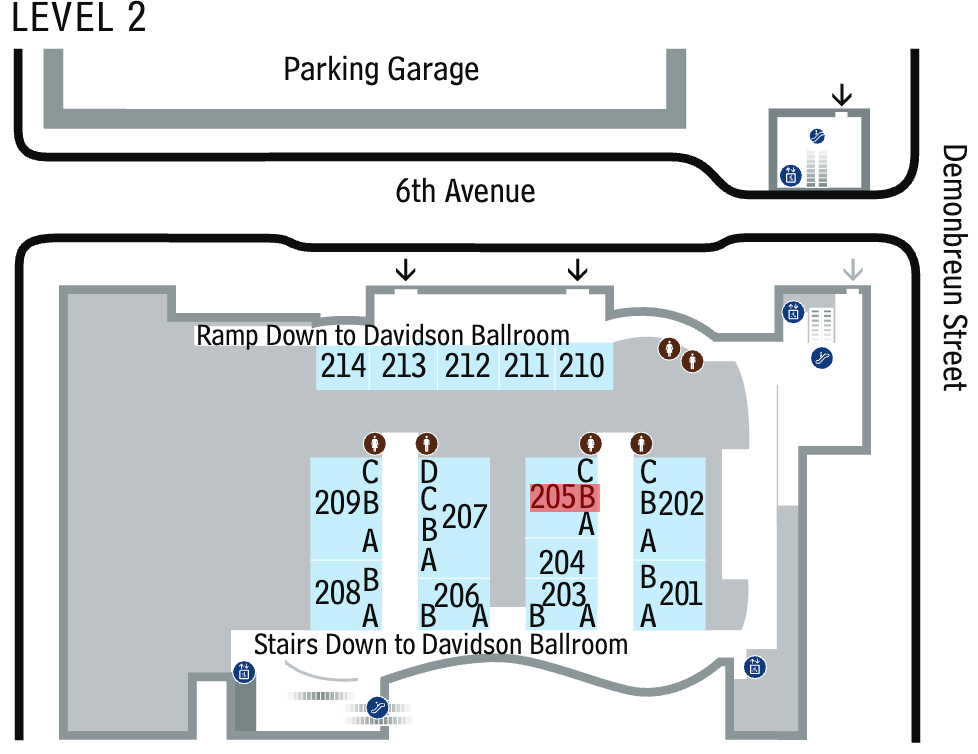Over the past decade, computer vision has become foundational across applications such as facial recognition, medical diagnostics, surveillance, and social media. As these systems grow more advanced and proprietary, concerns around privacy and security intensify. For example, when a user uploads a facial image to a cloud-based recognition service, they want to protect their biometric identity, while the service provider must safeguard its proprietary model and private data. This creates complex but critical challenges.
Data encryption is widely used to address privacy concerns, but conventional schemes require data decryption for processing, which introduces security risks. Fully Homomorphic Encryption (FHE) offers a transformative alternative by enabling computation directly on encrypted data, keeping sensitive information hidden throughout. It also provides post-quantum security, making it resilient to future quantum threats. This is especially valuable in privacy-critical domains such as healthcare, where regulations like HIPAA must be met, or in partially trusted cloud environments.
Integrating computer vision (CV) with FHE is challenging due to the complexity of CV models and FHE’s limited support for arithmetic operations like addition and multiplication. These operations are insufficient for nonlinear functions common in CV models, such as ReLU, batch normalization, and pooling, which FHE does not natively support. Moreover, encrypted computation is computationally intensive and memory-demanding, leading to high latency and large memory usage. Designing effective CV systems under FHE constraints requires balancing accuracy, efficiency, and resource use, while also creating architectures compatible with FHE.
Despite these challenges, substantial progress has been made in developing practical CV applications with FHE. Notable examples include private image retrieval using encrypted embeddings, encrypted image classification, and fully encrypted face recognition systems. These advances stem from both improvements in FHE schemes and thoughtful redesigns of traditional CV models to fit FHE constraints. Their success highlights the growing feasibility and importance of secure, privacy-preserving computer vision.
This tutorial is designed to offer a detailed and accessible introduction to the field of encrypted computer vision using FHE and will cover the following topics.
Foundations of FHE and its Modern Schemes
Applications of Encrypted Computer Vision with FHE
Hands-On Session
The tutorial will also highlight emerging research at the intersection of computer vision, machine learning, and homomorphic encryption. By the end, participants will gain the knowledge and tools to explore and develop secure, privacy-aware vision applications.
Time |
Title |
Speaker |
| 9:00am-9:15am | Introduction | Vishnu Boddeti |
| An Introduction to Fully Homomorphic Encryption | ||
| 9:15am-9:35am | Fundamentals of FHE | Amina Bassit |
| 9:35am-9:55am | FHE-Compatible Convolutional Neural Networks | Wei Ao |
| Applications of Encrypted Computer Vision with FHE | ||
| 9:55am-10:20am | Private Image Retrieval | Amina Bassit |
| 20 min Break | ||
| 10:40am-11:05am | CryptoFace: End-to-End Encrypted Face Recognition | Wei Ao |
| Hands-On Session | ||
| 11:05am-11:30pm | Demo of Private Image Retrieval | Amina Bassit |
| 11:30am-11:55am | From Pytorch Models to SEAL FHE | Wei Ao |
| Closing | ||
| 11:55am-12:00pm | Closing Remarks and Q&A | Vishnu Boddeti |
We're excited to offer you a wealth of materials and interactive resources to enhance your experience during our tutorial. In addition to hands-on exercises and interactive Jupyter notebooks demonstrating cutting-edge techniques in encrypted template for image search and end-to-end encrypted face recognition, we've prepared a variety of supportive resources to inspire and engage you.
We warmly invite you to explore the following resources, which have been thoughtfully curated to spark your curiosity and support your learning journey:
- Blog Posts on FHE:
- Awesome GitHub Repositories:
- Microsoft SEAL: https://github.com/microsoft/SEAL
- Other AI+FHE Talks:
We are thrilled to welcome researchers, practitioners, and students to this half-day in-person tutorial. We hope these resources will spark new ideas and enhance your exploration of the exciting world of encrypted computer vision.

-
Wei Ao and Vishnu Naresh Boddeti. "CryptoFace: end-to-end encrypted face recognition", CVPR 2025
First end-to-end encrypted face recognition, i.e., feature extraction, storage, and matching, under FHE.
-
Amina Bassit, Florian Hahn, Raymond Veldhuis, Andreas Peter. "Practical Biometric Search under Encryption: Meeting the NIST Runtime Requirement without Loss of Accuracy", IEEE T-BIOM 2025
A homomorphic multiplication free approach for encrypted private image retrieval, i.e., 1:N matching.
-
Wei Ao and Vishnu Naresh Boddeti. "AutoFHE: Automated adaption of CNNs for efficient evaluation over FHE", USENIX Security 2024
A multi-objective optimization solution for automated design of CNNs for encrypted image classification under FHE.
-
Amina Bassit, Florian Hahn, Raymond Veldhuis, and Andreas Peter. "Improved Multiplication-Free Biometric Recognition under Encryption", IEEE T-BIOM 2024
Encrypted face verification, i.e., 1:1 matching without homomorphic multiplications.
-
Joshua J Engelsma, Anil K Jain, and Vishnu Naresh Boddeti. "HERS: Homomorphically Encrypted Representation Search", IEEE T-BIOM 2022
First private image retrieval i.e., 1:N matching, over encrypted templates.
-
Eunsang Lee, Joon-Woo Lee, Junghyun Lee, Young-Sik Kim, Yongjune Kim, Jong-Seon No, and Woosuk Choi. "Low-complexity deep convolutional neural networks on fully homomorphic encryption using multiplexed parallel convolutions", ICML 2022
First demonstration of encrypted inference over deep ResNets.
-
Vishnu Naresh Boddeti. "Secure Face Matching using Fully Homomorphic Encryption", BTAS 2018
First face verification i.e., 1:1 matching, over encrypted templates.
-
Ryo Yonetani, Vishnu Naresh Boddeti, Kris M Kitani, and Yoichi Sato. "Privacy-preserving visual learning using doubly permuted homomorphic encryption", ICCV 2017
First homomorphic-encryption based privacy-preserving framework for learning visual classifiers from distributed private image features.
-
Ran Gilad-Bachrach, Nathan Dowlin, Kim Laine, Kristin Lauter, Michael Naehrig, and John Wernsing. "Cryptonets: Applying neural networks to encrypted data with high throughput and accuracy", ICLR 2016
First demonstration of inference of shallow CNNs over encrypted images with 2300+ Google Scholar citations.


